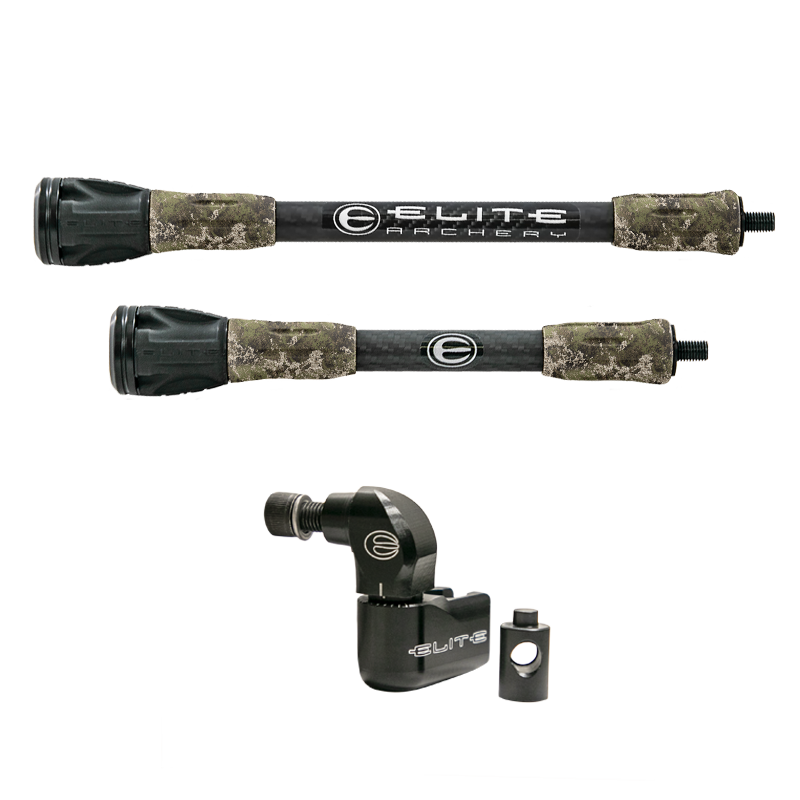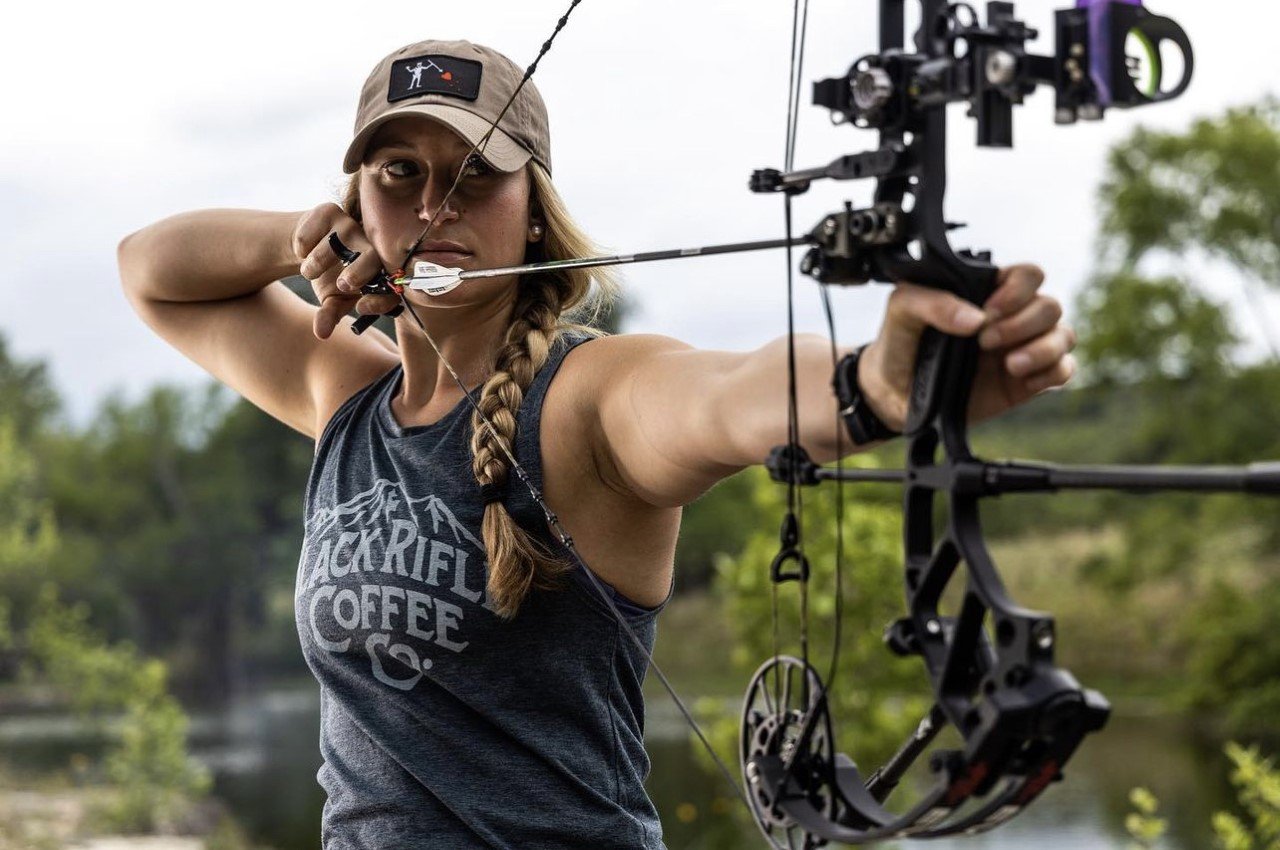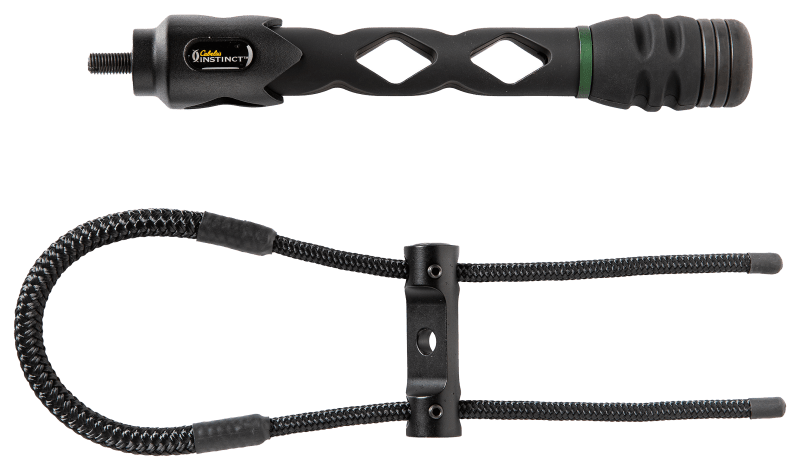Upgrade Your Archery Setup: Top-rated Archery Stabilizers Reviewed
Master the Art of Archery: Understanding the Importance of a Stabilizer in Your Configuration
Whether one is an experienced archer or just starting their trip, the relevance of a stabilizer in their configuration can not be overstated. By recognizing the benefits of using a stabilizer, thinking about the right elements when picking one, and properly installing and changing it, archers can boost their abilities to new heights.
The Function of a Stabilizer in Archery
A stabilizer plays a vital duty in archery by improving equilibrium and decreasing resonances during the shot. When an archer draws the bowstring and releases it, there is a transfer of energy that can create the bow to vibrate. These resonances can adversely affect the accuracy of the shot. However, a stabilizer aids to neutralize these resonances by dissipating the power and taking in.
Among the major benefits of a stabilizer is its ability to boost equilibrium. When an archer holds a bow, it can be testing to preserve a steady aim. The weight of the stabilizer assists to disperse the weight equally, decreasing the stress on the archer's arm and enhancing security. This enables the archer to concentrate on their aim and perform an extra precise shot.
In enhancement to equilibrium, a stabilizer also helps to decrease torque. The weight and style of a stabilizer combat this rotation, making sure a much more consistent and exact shot.
Benefits of Making Use Of a Stabilizer
The utilization of a stabilizer in archery uses numerous benefits that enhance an archer's efficiency and general capturing experience. By absorbing and wetting these vibrations, the stabilizer enhances the security of the bow, permitting for more regular and accurate shots.
Second of all, a stabilizer helps to stabilize the bow by including weight to the front end. This weight distribution combats the natural tendency of the acquiesce tip onward upon launch, lowering the amount of motion and boosting the archer's ability to preserve goal on target.

Lastly, a stabilizer can also work as a shock absorber, minimizing the shock and recoil experienced upon launch. This not just boosts the convenience of capturing yet additionally lessens the risk of injury or strain on the archer's body.
How a Stabilizer Enhances Precision
Enhancing the accuracy of an archer's shots, a stabilizer plays an essential function in enhancing general performance. archery stabilizer. By adding stability to the bow, a stabilizer assists minimize the unwanted motion and resonance that can take place throughout a shot. This reduction in movement allows the archer to keep a stable objective, causing even more precise and consistent shots

In addition, a stabilizer aids to moisten vibrations that take place upon launch. These vibrations can cause the acquiesce tremble, affecting the arrowhead's trajectory and precision. By taking in and dissipating these vibrations, a stabilizer aids to preserve the bow's stability and make sure a exact and smooth shot.
Moreover, a stabilizer can additionally aid in stabilizing the weight distribution of the bow (archery stabilizer). By including weight to the front of the bow, a stabilizer assists to balance the weight of accessories, such as views or quivers, which might be connected to the bow. This balanced weight circulation helps the archer maintain a controlled and constant shooting position, resulting in improved accuracy
Variables to Consider When Choosing a Stabilizer
When selecting a stabilizer for your bow, it is important to take into consideration numerous aspects that will look at more info certainly contribute to its general efficiency and viability for your specific shooting style. The very first aspect to take into consideration is the size of the stabilizer.
Another aspect to consider is the weight of the stabilizer. The weight of the stabilizer can affect the balance of your bow.
Furthermore, it is essential to take into consideration the design and building and construction of the stabilizer. Some stabilizers have adjustable functions, such as adjustable length or flexible weights, which enable you to personalize the stabilizer to your certain requirements. The materials used in the construction of the stabilizer can also impact its efficiency. Carbon fiber stabilizers are sturdy and light-weight, while aluminum stabilizers offer a balance in between weight and rigidity.
Lastly, it is vital to consider your shooting style and choices. Various stabilizers may function much better for sure shooting styles, such as target shooting or searching. It is advisable to talk to seasoned archers or specialists to figure out which stabilizer will ideal suit your private demands. On the whole, thinking about these elements will certainly assist make sure that you choose a stabilizer that enhances your shooting experience and enhances your precision.
Tips for Properly Installing and Changing a Stabilizer
Appropriate installment and adjustment of a stabilizer is important for optimizing its performance and guaranteeing optimal shooting precision. When installing a stabilizer, it is important to follow a couple of crucial steps to ensure its effectiveness. First, identify the ideal length of the stabilizer based upon your shooting style and preferences. Longer stabilizers provide more stability however can be less maneuverable, while much shorter stabilizers offer enhanced ability to move yet might give up stability. Connect the stabilizer to the bow utilizing the supplied mounting hardware when you have actually selected the appropriate length. Ensure that the stabilizer is safely attached and straightened with the bow's riser.
After setting up the stabilizer, it is required to make adjustments to attain the wanted equilibrium and shot uniformity. Begin by adjusting the weight circulation along the stabilizer. This can be done by adding or removing weights from the stabilizer's weight system. Explore various weight setups to find the equilibrium that works best for you. Additionally, think about adjusting the angle of the stabilizer to fine-tune the shot. A slight onward or backward tilt can affect the bow's equilibrium and how it reacts throughout the shot.

Conclusion
To conclude, a stabilizer plays an important function in archery by enhancing precision and decreasing bow torque. By adding weight to the bow, it assists to maintain the shot and stabilize. When selecting a stabilizer, aspects such as product, size, and weight need to be thought about to fulfill specific requirements. Appropriate setup and adjustment of the stabilizer are also vital for ideal efficiency. Grasping using a stabilizer can substantially enhance the archer's skill and precision.
Additionally, a stabilizer can likewise assist in stabilizing the weight distribution of the bow. By adding weight to find more the front of the bow, a article stabilizer assists to stabilize the weight of accessories, such as views or quivers, which may be attached to the bow. Some stabilizers have flexible attributes, such as adjustable size or flexible weights, which allow you to personalize the stabilizer to your details requirements. Carbon fiber stabilizers are lightweight and sturdy, while aluminum stabilizers use an equilibrium in between weight and rigidness.
Longer stabilizers offer even more stability yet can be less manoeuvrable, while much shorter stabilizers provide boosted ability to move but might compromise security.